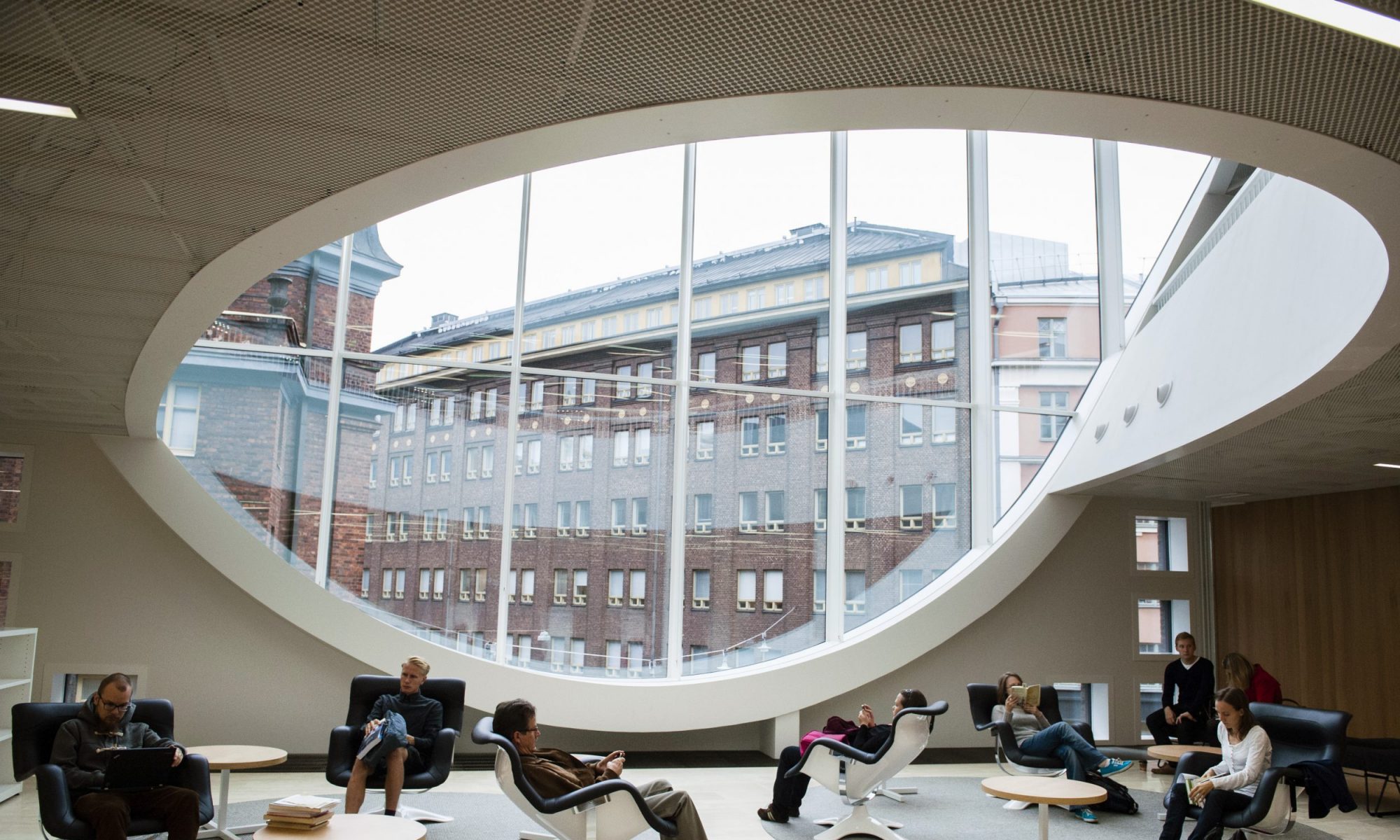Josephine Moate shares her experiences on teaching a workshop in Helsinki for early language educators in November 2018.
I find myself reflecting again on how important it is that as teachers we discuss together the everyday life of being a teacher and the different ways in which we can support the development of the children we work with. Sharing experiences and ideas, including concerns and questions, is such an important way of increasing the resources teachers have to work with. It is too easily said that teachers are not interested in theory, but this does teachers a great disservice. Teachers are interested in theory when they see how it supports and enriches practice. By theory I mean the principles and beliefs that inform the actions that are taken with children; the criteria that helps teachers to decide what kind of activities are worth using with children. Theory that doesn’t connect with practice is of little use in the everyday, action-filled life of education and practice that is devoid of theory is similarly unhelpful.
Our discussions this morning focused on the value of routines in developing language education. Routines are essential in education to manage the potential chaos of many people coming together in a small space for a long time. Routines save time and energy – everyone knows what to expect, how to act. In this way routines offer stability and predictability. Children use routines to make sense of what is expected of them and to participate in appropriate ways. Merely implementing routines to manage behaviour, however, overlooks the potential of routines as opportunities for learning and development.
When introducing children to a new language, a fine balance needs to be found between the challenge and excitement of encountering something new and the need for a safe environment to take a risk. If children feel threatened, over-stretched, overwhelmed they understandably withdraw and avoid participating. They are not ready to take a risk and explore. This limits learning. On the other hand, children are often very curious, ready to explore, if they feel safe and are somehow able to make sense of what is happening around them. This is where routines come in. Routines offer security – every day the teacher is there to greet children at the door, every day we check what day it is, every day we have to wash our hands before lunch. A small change in a routine can suddenly introduce a whole new dimension. Perhaps today the teacher greets the children in English, “Good morning” instead of “hyvää huomenta”, perhaps today there is a password to come into the classroom – a new word that was introduced yesterday. Maybe today we will check the days of the week in English as well as Finnish, or only in English. Maybe today it is the children wearing something red that can first wash their hands before lunch, and then the children wearing something blue. A small change that extends the world of a child as they find they can still understand what is happening, even though a different language is being used.
Children readily learn patterns of behaviour – sometimes for better, sometimes for worse. Ideally we want to develop routines that enrich children’s participation in school life, especially as the way in which children participate informs a child’s understanding of who she/he is and what she/he is capable of. If children are only asked to listen and repeat in language lessons, they will come to understand language learning as an exercise of listening and repeating with little space for creativity, imagination or thinking. Imagine, however, that the children have been introduced to shapes in English. They can now name a square, a triangle, a circle, but what thinking has been involved? What if the children are shown the following picture and asked, how many squares can you see?

At this point children have to think. What if one child sees 3 squares? Fantastic! Where are they? The child points. What if another child sees 6 squares? Marvellous! Where are they? Six squares are pointed out. What if another child says, “No! Seven squares!” Great! Where are they? Now the children have used language, mathematics, observation skills and problem-solving. Maybe the children didn’t use the plural s, but the teacher did. Over time the child will as well and this can be explicitly taught later, but just for now using a new language for thinking is a significant step forward. Perhaps next time another puzzle will be presented to the children and a new routine will have been established.
Life in school is full of routines that keep the day flowing. The challenge for educators is to see the potential of routines as a place for learning and development, small changes that can make a big difference.
Read more about Josephine Moate here

